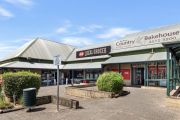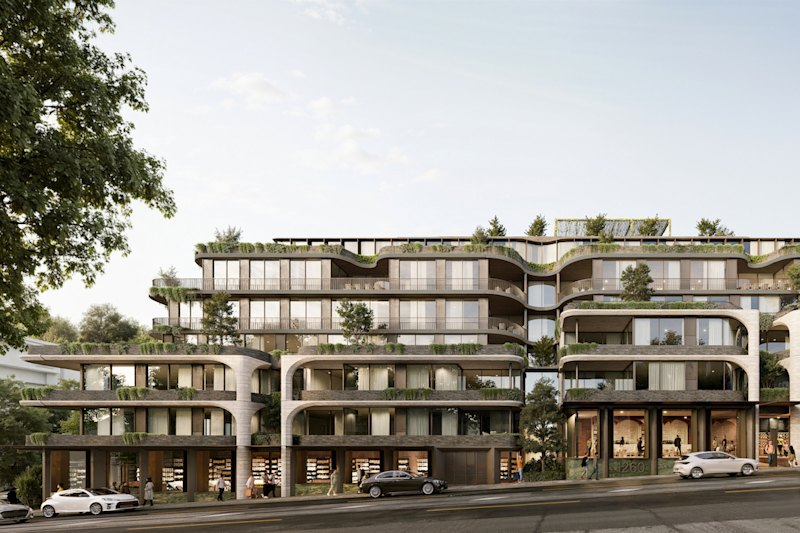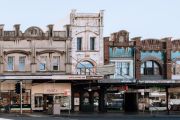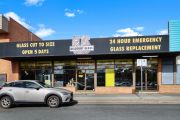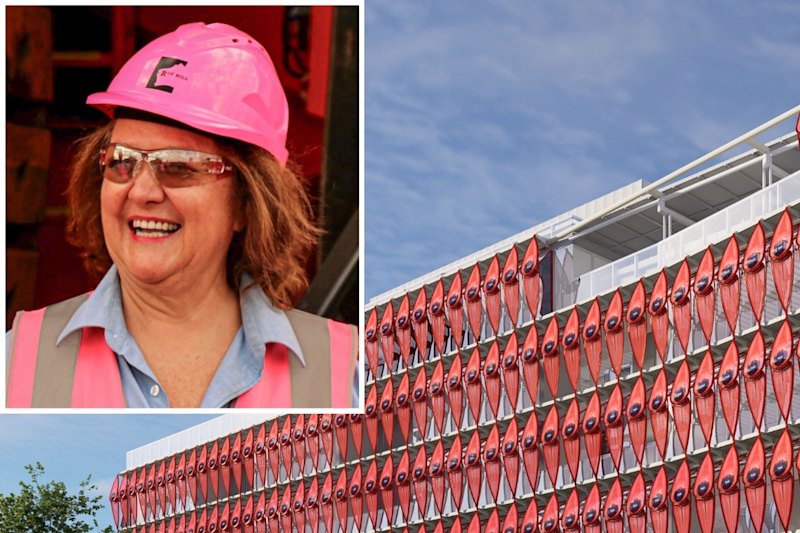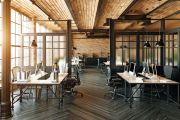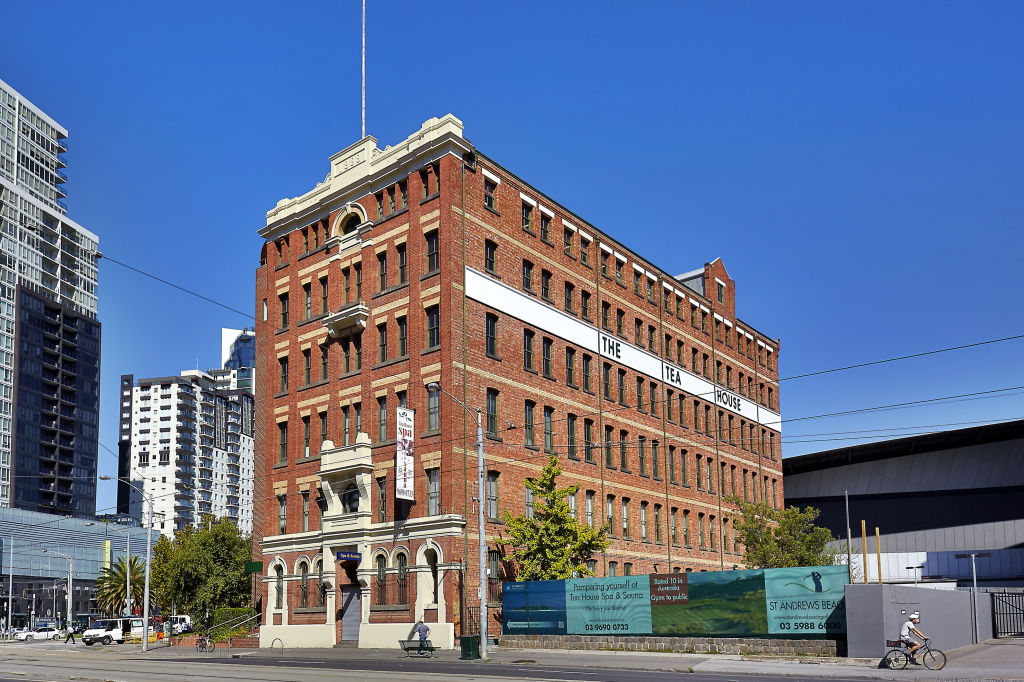
Southbank's historic Robur Tea House has what most office tenants want
An 1880s warehouse in Melbourne’s Southbank that has attracted a string of swanky co-working groups has been listed on the office leasing market for the first time in four years.
Five levels at the heritage-listed Robur Tea House, at 28 Clarendon Street, are up for lease, with gross annual rents between the low and mid $500s a square metre. Office spaces range from 567 square metres to 2875 square metres.
Savills leasing agent Matthew Kent said a mix of co-working providers had been interested earlier in the campaign, thanks to its heritage features including the red-brick façade and vaulted, exposed ceilings.
“They’ve been all over it: you name them, they’ve all been interested,” he said.
“It’s the flavour of the month at the moment.”
But leasing to coworking companies was not the preferred direction of the landlord, a Melbourne-based private investor.
“We had two or three major coworking groups look at it, but he’s more a traditional standard lease type of person, he wants to hold the building for a long time but his principles are very old-school,” Mr Kent said, adding that there was a lack of heritage office stock.
The property owner is undertaking an extensive refurbishment throughout all six storeys for a long-term lease strategy. The upgrades will include new lifts, a new ceiling grid, new lighting and new floor coverings.
As well as traditional corporate tenants, employers in the IT, insurance, interior design and city fringe-based service sectors are expected to show interest in the property, due to its proximity to the CBD and access to major arterial roads and public transport.
“It has had government tenants there because it was originally owned and sold to this particular owner from the government,” the agent said.
“It’s always attracted those kinds of (corporate and IT) tenants because of the character.”
Mr Kent noted that most employers wanted to “move away from the corporate norm”, with some even attempting to recreate the industrial vibe themselves.
“The cycle is that they’ve all gone back to the lovely, heritage creative looks,” he said.
“Some have gone as far as getting a fit-out designer to use a standard commercial building and pulled out the ceiling to get that industrial, creative look, because there are not enough of these (heritage) buildings around.”
The Robur Tea House was built as a warehouse and factory for printers and stationers Fergus and Mitchell and was later used as a tea warehouse, where the building got its name. It was one of the tallest buildings outside the city centre for many years.
It is “one of the few remaining traces of the industrial and warehousing establishments that, until the 1970s and 1980s, dominated to south bank of the Yarra”, according to the Victorian Heritage Register record.
The swampy land on the banks made heavy construction difficult and the original owners were advised that a development of that size would be unfeasible, but a foundation system, innovative for its time, successfully supported the six-storey building.



